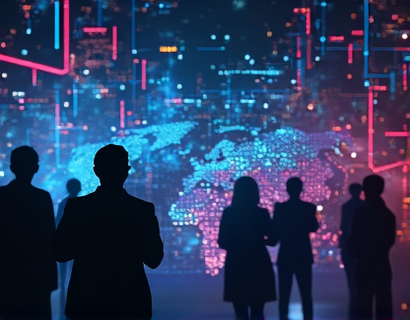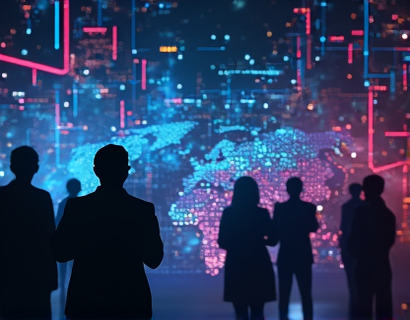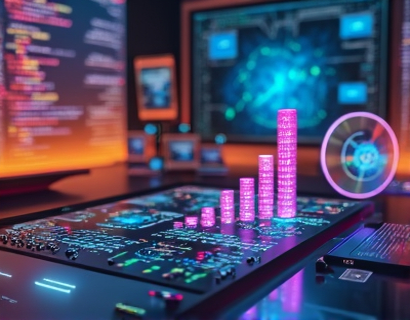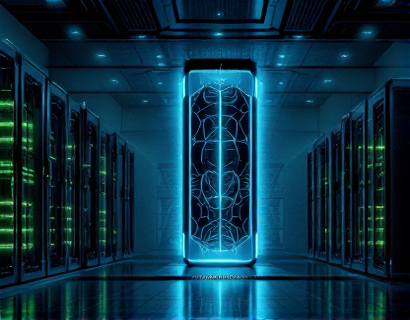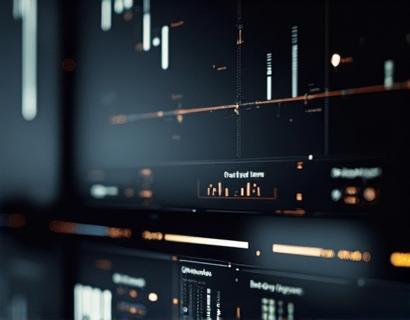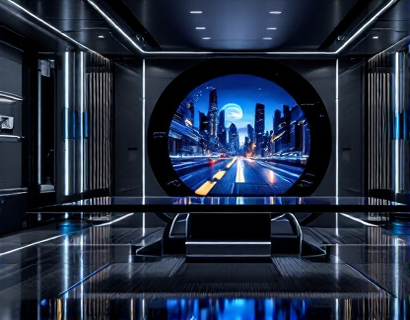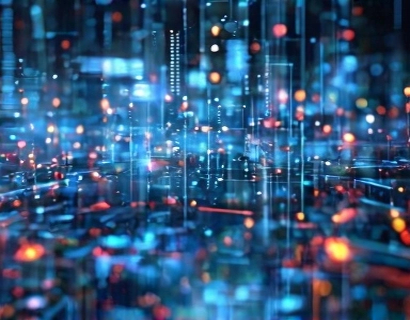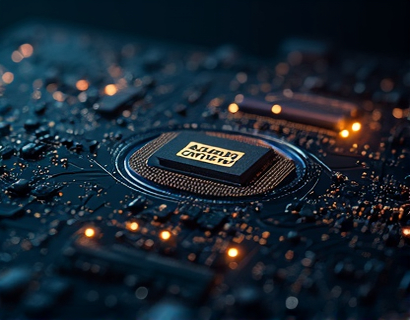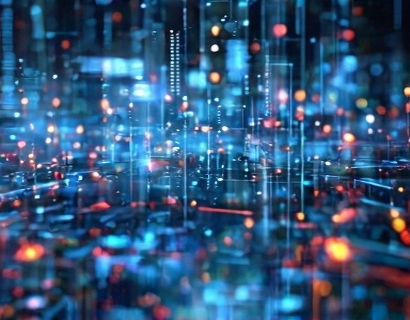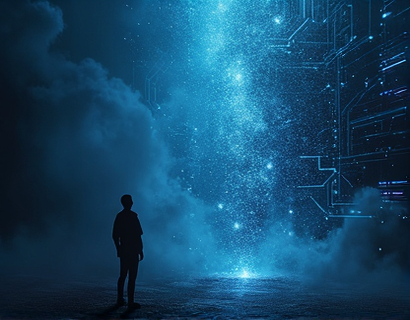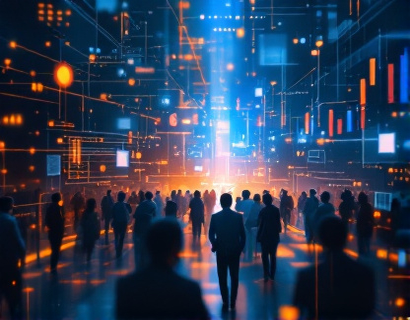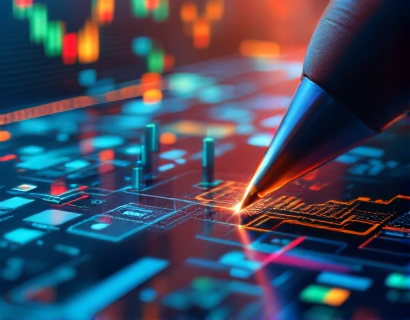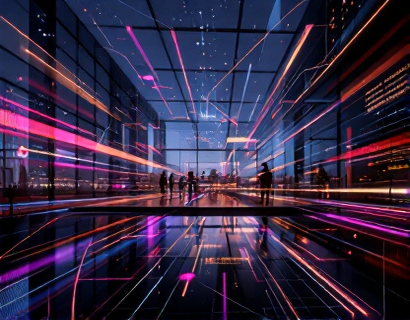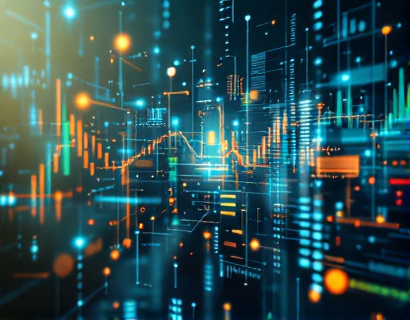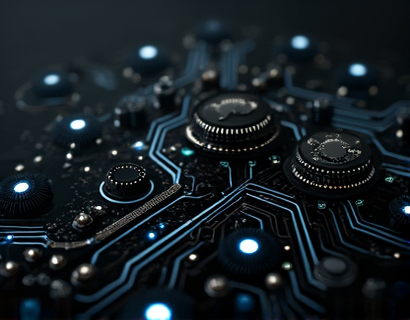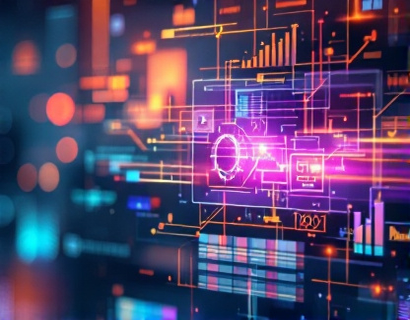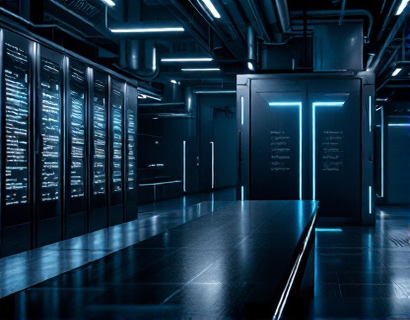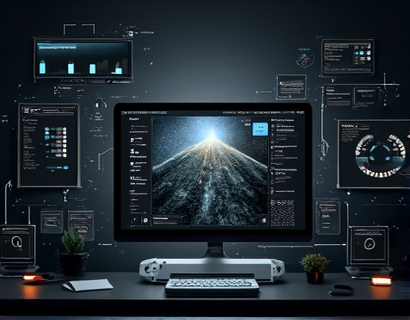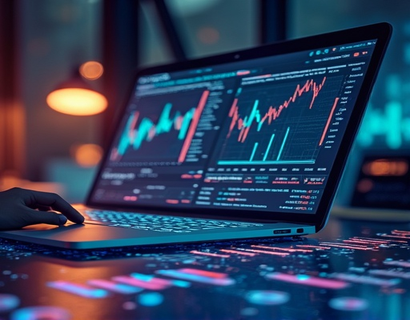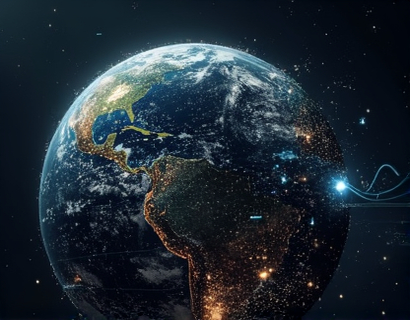Decentralized Innovation: Harnessing AI and Crypto for Next-Gen Digital Transformation
The digital landscape is undergoing a profound transformation, driven by the convergence of artificial intelligence (AI) and cryptocurrency. This synergy is giving rise to decentralized applications and intelligent systems that promise to revolutionize how we interact with technology. At the heart of this revolution is the concept of the Ucosystem, an ecosystem where decentralized innovation meets advanced AI to create a more efficient, secure, and user-centric digital environment.
The integration of AI and cryptocurrency is not just a technological curiosity but a strategic move towards a more decentralized and autonomous digital world. This article explores the transformative power of this merger, delving into how decentralized applications (dApps) and intelligent systems are reshaping the digital landscape. We will examine the key components of this ecosystem, the benefits it offers, and the challenges that lie ahead.
Understanding Decentralized Applications
Decentralized applications, or dApps, are software applications that run on a blockchain or a decentralized network, rather than on a central server. This decentralization is achieved through smart contracts, self-executing contracts with the terms directly written into code. The primary advantage of dApps is their resistance to censorship and control by any single entity, ensuring greater transparency and security.
Unlike traditional applications, dApps do not rely on intermediaries such as banks or service providers. This reduces costs and increases efficiency. For instance, in a decentralized finance (DeFi) application, users can lend, borrow, and trade assets without the need for a middleman, all while transactions are recorded on a public ledger for transparency.
AI in Decentralized Systems
The integration of AI into decentralized systems enhances their capabilities significantly. AI can process vast amounts of data, identify patterns, and make predictions, all of which are crucial for the optimal functioning of dApps. For example, AI algorithms can be used to optimize resource allocation in decentralized networks, ensuring that computational resources are used efficiently and effectively.
Moreover, AI can improve user experiences by personalizing interactions within dApps. Machine learning models can analyze user behavior and preferences, tailoring content and services to individual needs. This level of personalization is particularly valuable in decentralized marketplaces, where AI can match buyers and sellers based on specific criteria, enhancing the overall trading experience.
Enhancing User Experience
The combination of AI and decentralization leads to a significant enhancement in user experience. One of the primary benefits is the reduction of friction in user interactions. Decentralized identity management systems, powered by AI, can streamline the process of verifying user identities, making it faster and more secure. This is particularly important in an era where data privacy and security are paramount concerns.
Another area where AI and decentralization intersect is in customer support. Chatbots and virtual assistants, driven by AI, can provide instant and accurate responses to user queries, reducing the need for human intervention. In a decentralized environment, these AI-driven assistants can operate independently, ensuring 24/7 availability without the overhead costs associated with traditional customer support systems.
Driving Digital Innovation
The synergy between AI and decentralization is a catalyst for digital innovation. By leveraging the strengths of both technologies, developers can create applications that are not only more efficient and secure but also more adaptive and responsive to user needs. This innovation is particularly evident in the realm of smart contracts, which can be enhanced with AI to automate complex business processes.
For instance, in supply chain management, AI can predict demand and optimize inventory levels, while smart contracts can automate the execution of transactions based on predefined conditions. This combination ensures that the supply chain is both transparent and efficient, reducing delays and costs.
Security and Trust
Security is a critical aspect of any decentralized system, and the integration of AI plays a vital role in enhancing it. AI can detect and mitigate potential security threats in real-time, identifying anomalies and suspicious activities that might indicate a breach. This proactive approach to security is essential in a decentralized environment where traditional security measures may be less effective.
Moreover, AI can help build trust within the ecosystem by ensuring the integrity of data and transactions. Blockchain's inherent transparency, combined with AI's ability to verify and validate data, creates a robust system where users can have confidence in the accuracy and reliability of the information.
Challenges and Considerations
Despite the numerous benefits, the integration of AI and decentralization is not without challenges. One of the primary concerns is the scalability of decentralized networks. As the number of users and transactions increases, the network must be able to handle the load without compromising performance. AI can assist in optimizing network resources, but significant technical advancements are still needed to achieve true scalability.
Another challenge is the regulatory landscape. The decentralized nature of these systems often falls into a gray area in terms of legal and regulatory frameworks. Ensuring compliance while maintaining the decentralized ethos is a complex task that requires careful navigation.
Future Prospects
The future of decentralized innovation, powered by AI and cryptocurrency, is promising. As technology continues to evolve, we can expect to see more sophisticated and user-friendly dApps that seamlessly integrate AI-driven features. The potential applications are vast, ranging from decentralized social media platforms to autonomous financial systems.
The Ucosystem represents a vision where these technologies converge to create a more equitable and efficient digital world. By harnessing the power of AI and cryptocurrency, we can build a future where users have greater control over their data and interactions, and where innovation knows no bounds.
In conclusion, the merger of AI and decentralization is a transformative force in the digital landscape. It offers a pathway to a more secure, efficient, and user-centric future. As we continue to explore and develop this ecosystem, the possibilities for innovation and growth are limitless.



